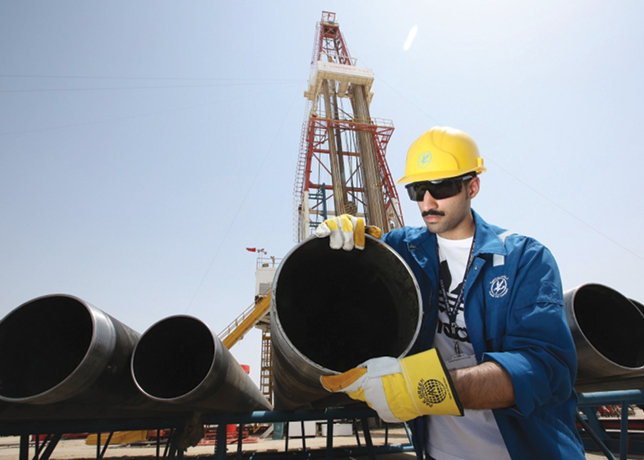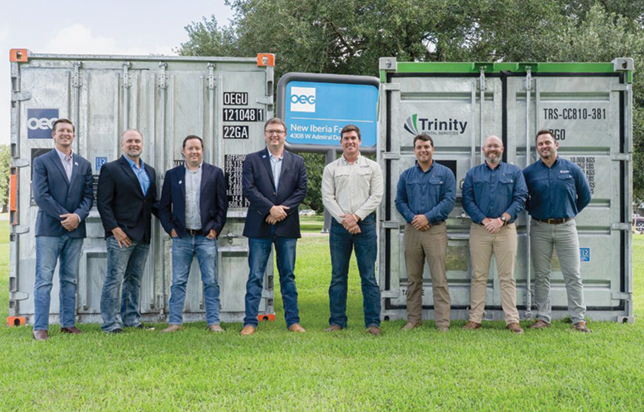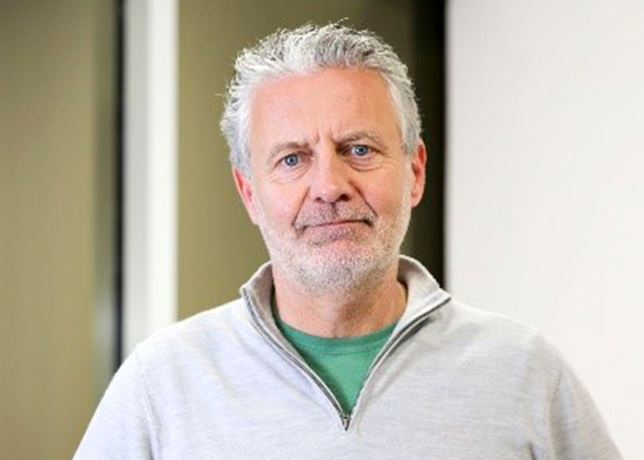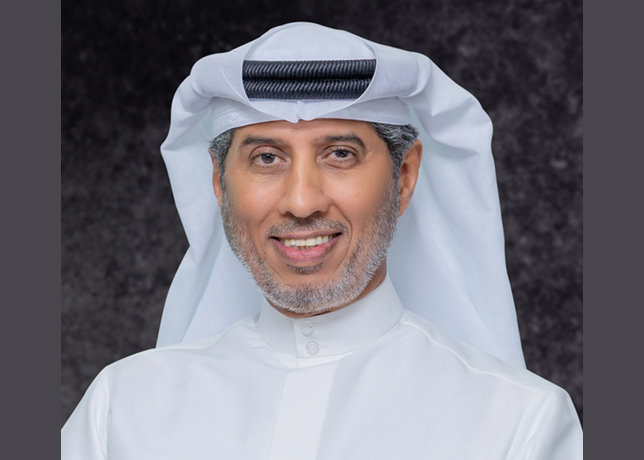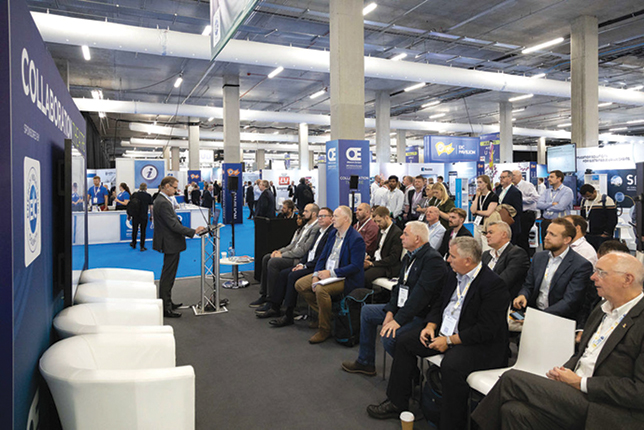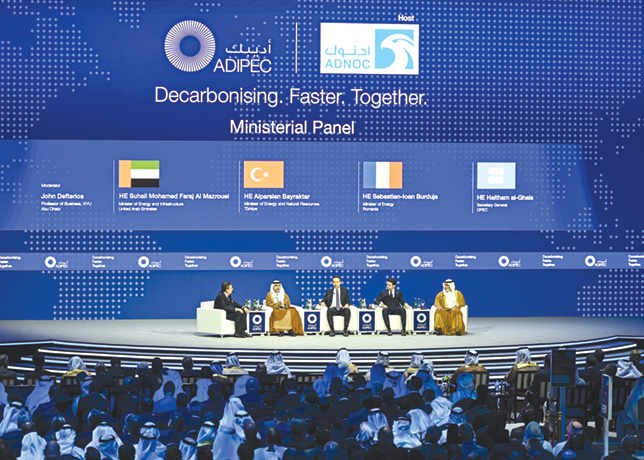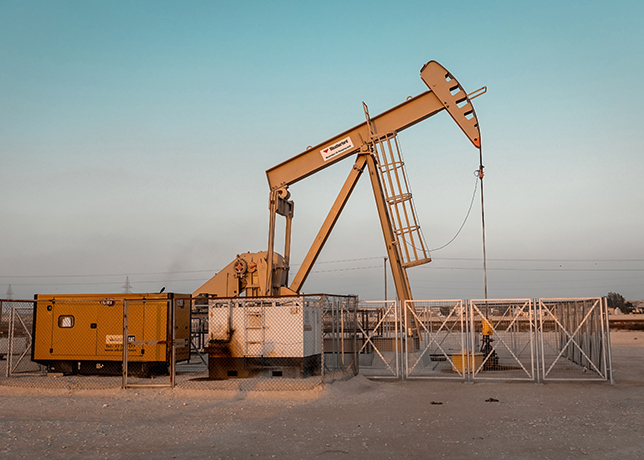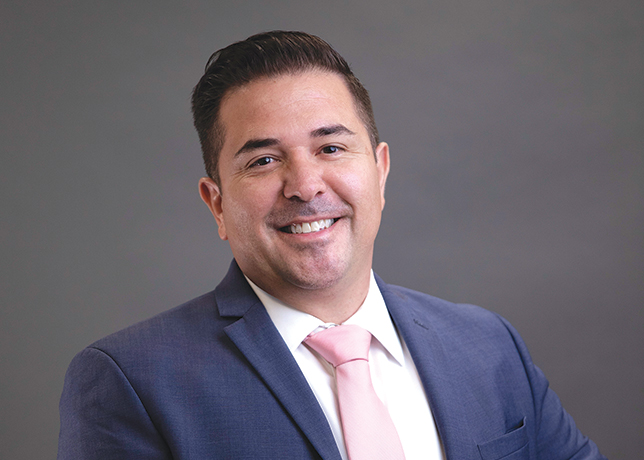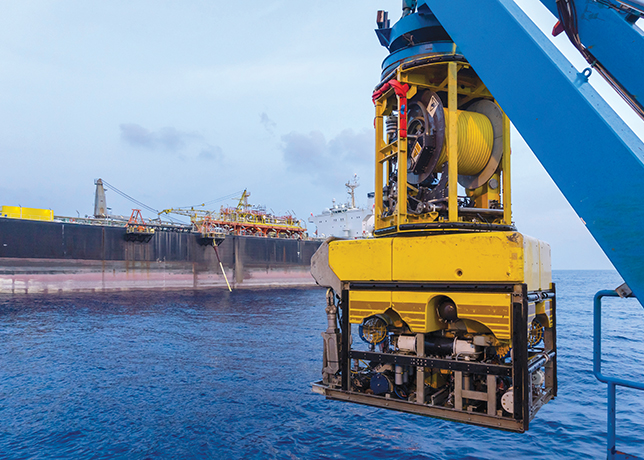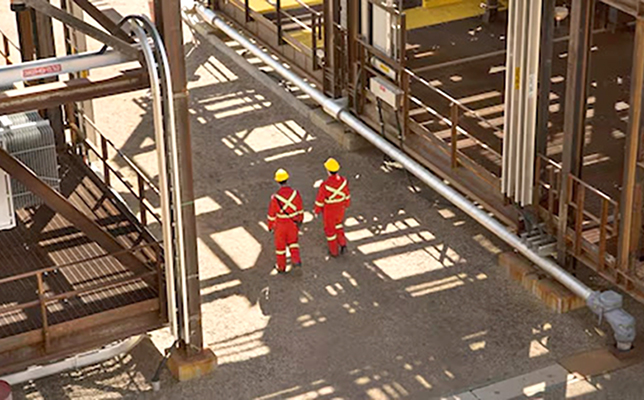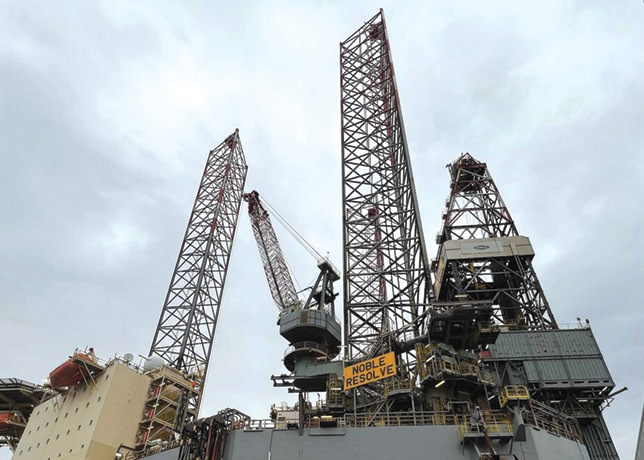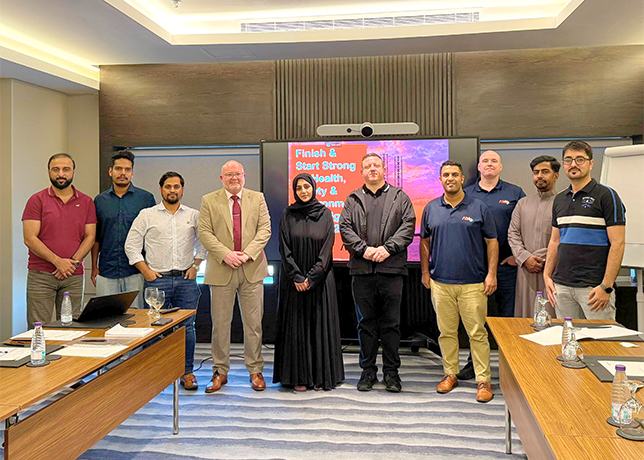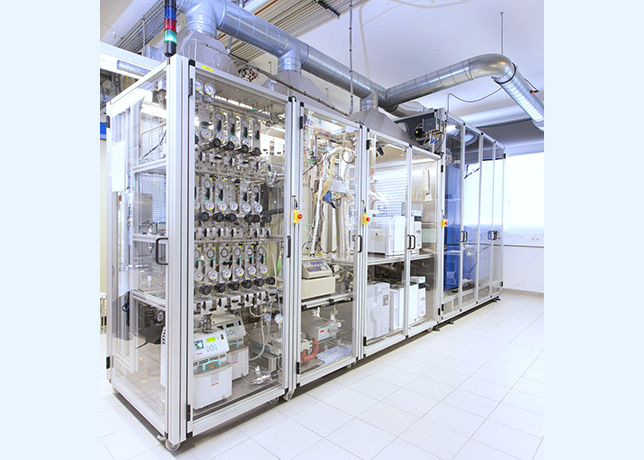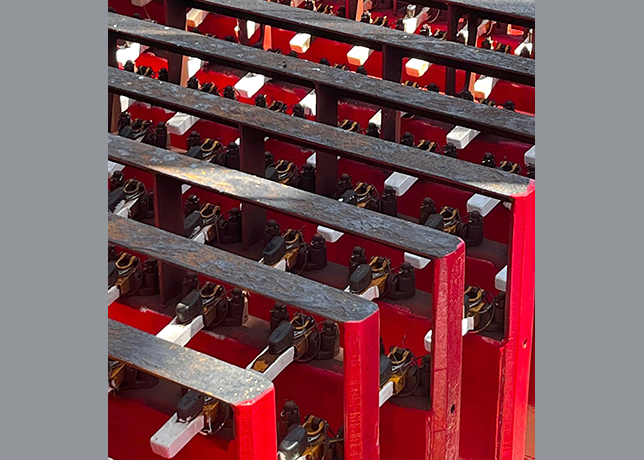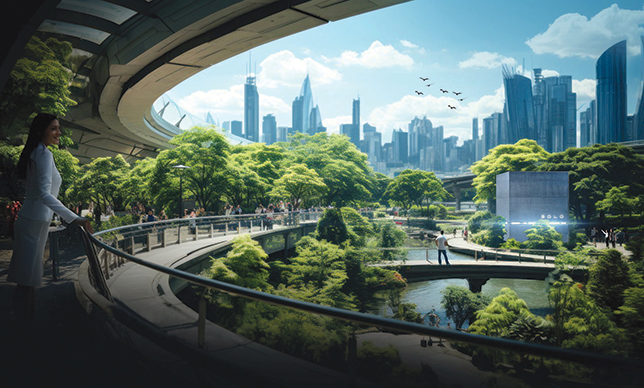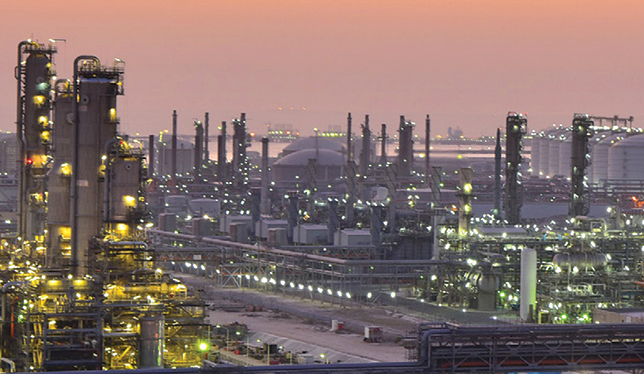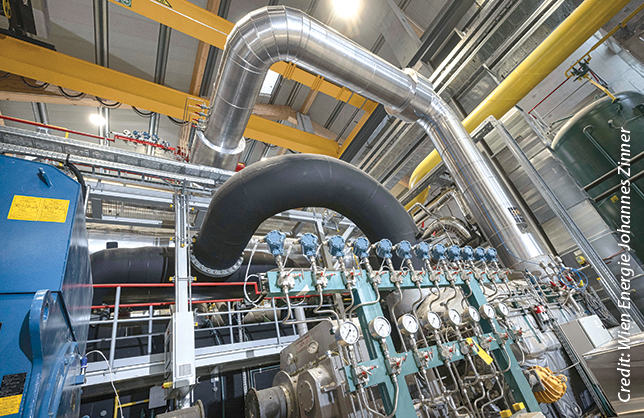
 The company is focused on optimisation
The company is focused on optimisation
Sabic renamed its corporate Research &Development around two years ago as Research and Technology (R&T) with an aim to focus on technology development.
However, the official name of the Sabic Industrial Complex for Research and Development remains unchanged.
The complex was officially dedicated in 1994 by Riyadh governor Prince Salman bin Abdulaziz, but it had been operating since late 1991. It became operational in stages as new facilities and equipment were being added between 1991 and 1994.
Sabic R&T has grown tremendously over the past few years.
The R&D complex has added several pilot plants, two catalyst-manufacturing units and three analytical laboratories since its official dedication. Construction of a new 4,250 sq m Lab II has been completed, enabling Sabic to widen the scope of R&T.
Sabic’s R&T activities are not confined to Saudi Arabia. The first overseas Sabic’s Technology Center (STC) was commissioned in Houston, US, in 1997.
A second overseas STC began operations in early 2002 in Vadodara, Gujarat, India.
The creation of overseas technology centres in the US and India helps achieve the strategic goals to expand R&T capabilities in global markets.
In the Al Jubail industrial city of Saudi Arabia, Sabic has built a new technology centre, providing technical support to manufacturing affiliates.
Since the creation of Sabic Europe, a new centre of research excellence has been added to this network in Geleen, the Netherlands.
The goals of Sabic R&T are to reduce plant operation costs by improving licensed technologies used by its affiliates and to provide technical support to customers.
Its larger, long-term goal is to develop a new technological base, enabling it to diversify within its core business sectors.
Sabic R&T has also been focusing on attracting national and international scientific and technological talent to support these goals.
The Sabic R&T is headed by a vice-president who reports to the vice-chairman and chief executive officer.
Under the vice president, general managers look after various departments, such as technology and coordination, engineering and projects, chemical research, polymer research and operations and maintenance.
The general manager in charge of the corporate environmental and industrial hygiene department also reports to the R&T vice president.
Sabic R&T employs 550 people, including staff at the Riyadh R&D complex, Sabic headquarters and Sabic technology centres around the world.
Sabic R&T work is primarily driven by a market-led vision. Each research section within the core product group and the R&T technology and coordination department works closely with the related SBU.
Research projects on process and product development, along with affiliate and customer support areas are selected and prioritised in coordination with the SBUs to meet their global business and strategic needs.
Sabic R&T has several joint programmes with the local universities and other business and academic institutions outside Saudi Arabia.
It uses a number of manufacturing processes for commodity chemicals, fertilisers, polymers and steel, but the main technologies that are employed at the plants are Product Technology/Licensor PE (Polyethylene) Union Carbide - Exxon PP (Polypropylene) Ethylene Glycol Union Carbide Ethylene Glycol Scientific Design - Shell PVC/VCM (PolyVinyl Chyloride/ VinylChloride Monomer) Oxyvinyl Polystyrene Fina Huntsman Polyester Zimmer Methanol Mitsubishi Direct Reduction Process (Steel) Midrex - HYL Melamine DSM MTBE (methyl tertiary butyl ether) CDTECH - Snamprogetti Aromatics UOP PTA (Purified Terephthalic Acid) Tecnimont Butene-1 IFP 2-Ethyl Hexanol (2-EH) KPT/UCC
Other scientific projects R&T has completed to improve existing processes include the development of new technologies as well as improvement of existing processes.



